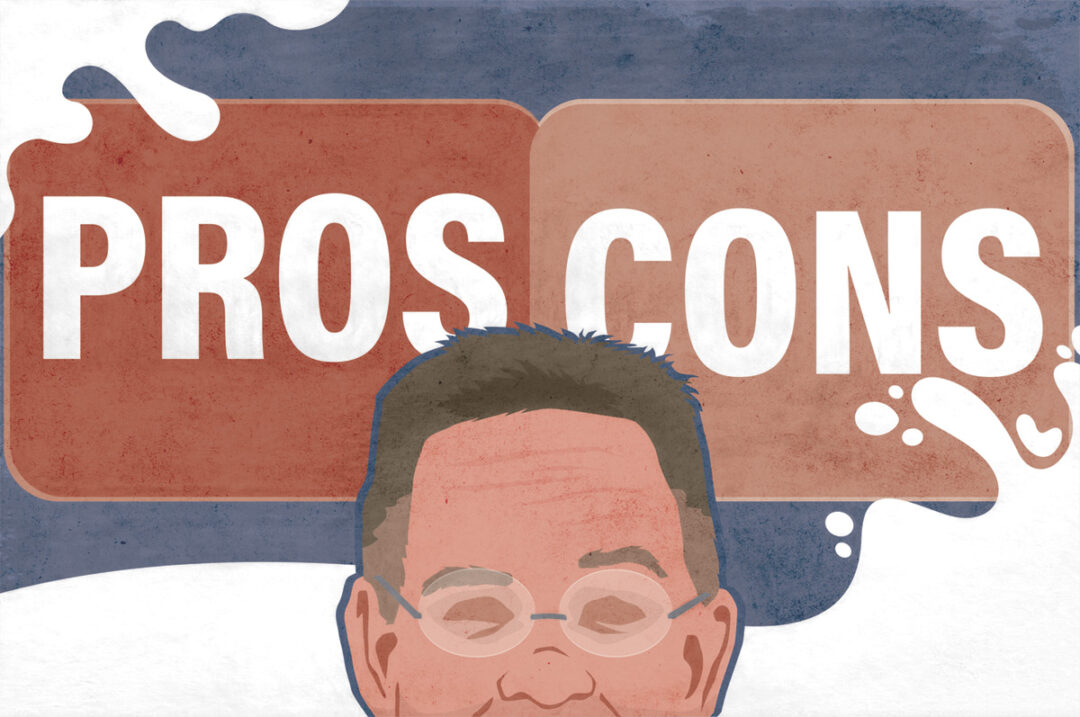Adoption rates for robotic dairy equipment continue growing year over year across the globe.
For smaller or family farms, this may reflect a desire for a better work-life balance. When combined with greater availability of manufacturers in the industry, this leads to more competitive pricing than in previous decades. For these farms, return on investment (ROI) is measured both in lifestyle changes and production increases.
On large farms, growing adoption rates are commonly linked to efficiency gains, reduction of labor needs and the ability to manage herds more effectively and precisely through the data generated by dairy robots. Effectively, “hiring robots” affords dairy producers the ability to run their farms more like a business, with a greater eye on detail, improved predictability and increased ease of succession planning.
Used or new?
As the market for dairy robots has increased, so has the availability of used equipment. For producers interested in making a switch to automation, considerations around buying used or new do not differ greatly from traditional equipment. Whether it is a tractor with 2,000 hours or a previous-generation milking robot, producers need to balance profitability with reliability.
New or used, working with milking robots means a functional switch from fixed-time milking to 24-hour milking, making reliability and uptime among the largest considerations for producers. This underscores the importance of purchasing equipment from a provider who can offer service and support that meet the needs of the producer and the operation.
Service agreements
Irrespective of whether the equipment being purchased is new or used, some level of service agreement is generally advisable to ensure the investment is protected and ROI is maximized.
Service level agreements (SLAs) can typically be tailored to the needs of the producer, balancing the pressure to reduce overall cost while maximizing uptime. For example, a producer may invest in an SLA when buying new for a more predictable operational cost. The SLA becomes a predictable way of managing profitability as well as peak performance.
Buying used equipment requires diligent investigation into whether any warranty remains on the unit, and if not, evaluating variables like model, age, condition and projected usage life. SLAs are a way of ensuring predictability, controlling costs and managing uptime.
SLAs are a strong investment when switching to dairy robotics; however, they need to be tailored to the needs and goals of the producer. A basic SLA may be more transactional, focused on preventative maintenance and limited to managing problems if they arise. At higher levels, an SLA may look more like a partnership between the producer and the service provider, focused on continuous optimization and improvement through data analysis and the use of tailored consumables, such as cleaning chemicals.
Additionally, in the age of internet-connected hardware, remote services using cameras and automated reporting are more prevalent than ever. For example, if a dairy has a technically inclined team, the service provider may be able to diagnose an issue remotely, offering guidance to the producer on how to resolve the issue. This would reduce the labor costs associated with dispatching a technician to the facility to perform the work, especially if the producer and service provider are separated by significant distance.
SLAs will mature as the customer does. In the first few years of switching to robotic milking, producers are still learning the system and discovering how to fine-tune performance. They may not yet possess the experience to troubleshoot or optimize their equipment, highlighting the importance of a partnership with their service provider. Once a level of familiarity and proficiency with robots has been achieved, producers may be more interested in an SLA designed around performance optimization rather than basic maintenance, which they are now capable of performing.
Moving from used to new
Producers who make the switch to dairy robotics via used equipment may eventually decide to upgrade to a new unit. This decision, however, can vary based on a number of factors.
To begin with, the age of the unit they are currently running is a major consideration. Take the example of classic cars versus new. It is far easier, quicker and cheaper to get parts and service for a vehicle that rolled off the assembly line in the past few years. As it ages, parts and specialized service expertise come at a premium and are increasingly more difficult to secure.
The same can be true of milking robots. While there are examples of units in the field that have been in operation for more than 20 years, producers operating them are typically sourcing third-party parts for repairs and performing those tasks themselves without the support of a service provider.
The delicate balance of profitability, age of the robot and costs to operate should be considered. This calculation will provide the need to upgrade or continue with SLAs on used equipment.
As with any technology, there may be new features that make the investment in a new model attractive. Current-generation milking robots are typically the most efficient, the cheapest to operate, have improved hardware and may incorporate new technologies, such as 3D cameras and laser scanners to improve teat attachment rates.
Ultimately, when deciding to upgrade, the producer has to find the sweet spot, balancing ROI, profitability and reliability in a way that makes sense for the operation.
Since their commercial introduction 30 years ago, milking robots have advanced significantly in their technology, capabilities and ROI potential. Whether purchasing new or used equipment, optimizing longevity through sourcing the right systems and pairing them with an appropriate SLA can lead to a more sustainable, enjoyable and profitable dairy operation.







